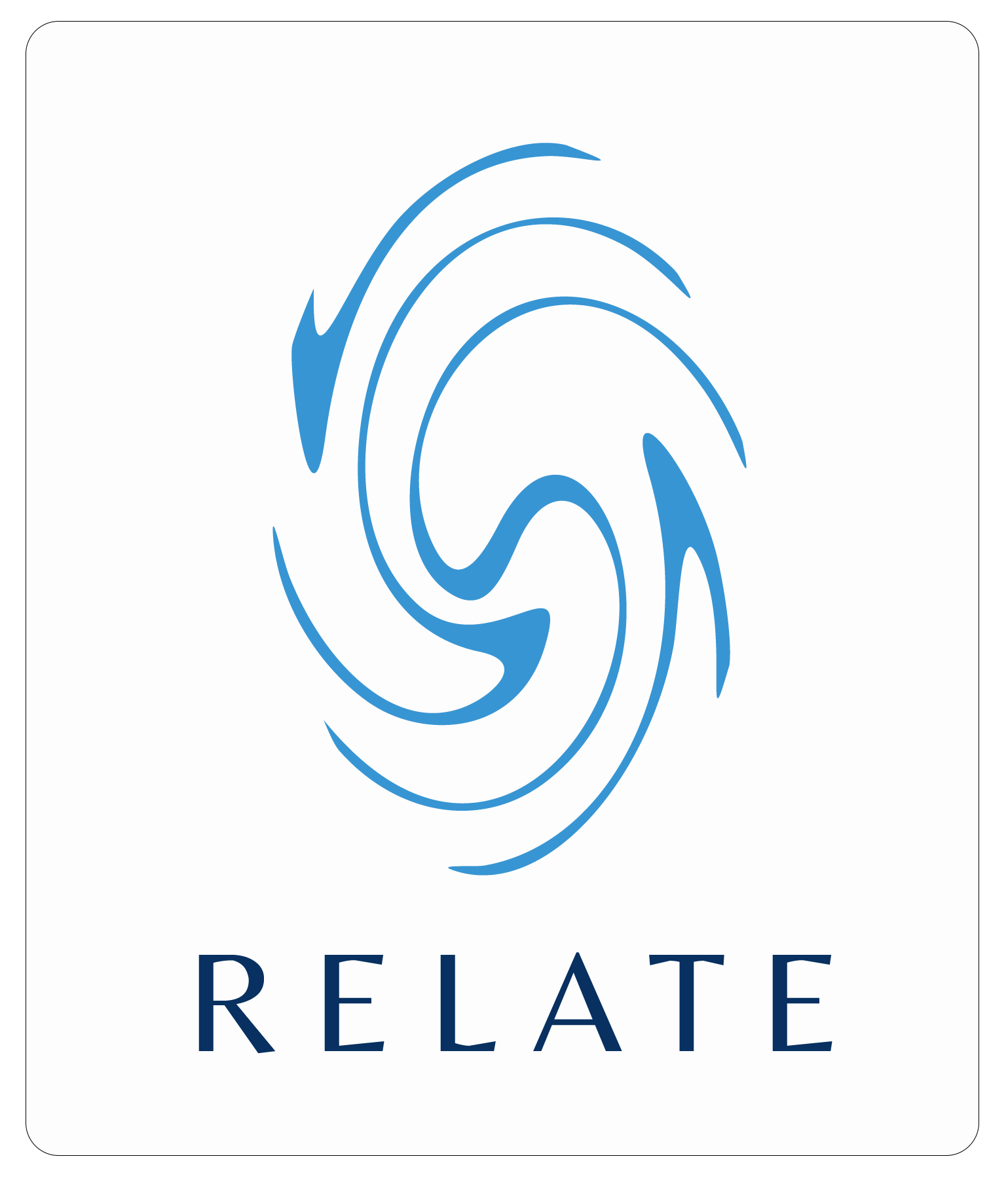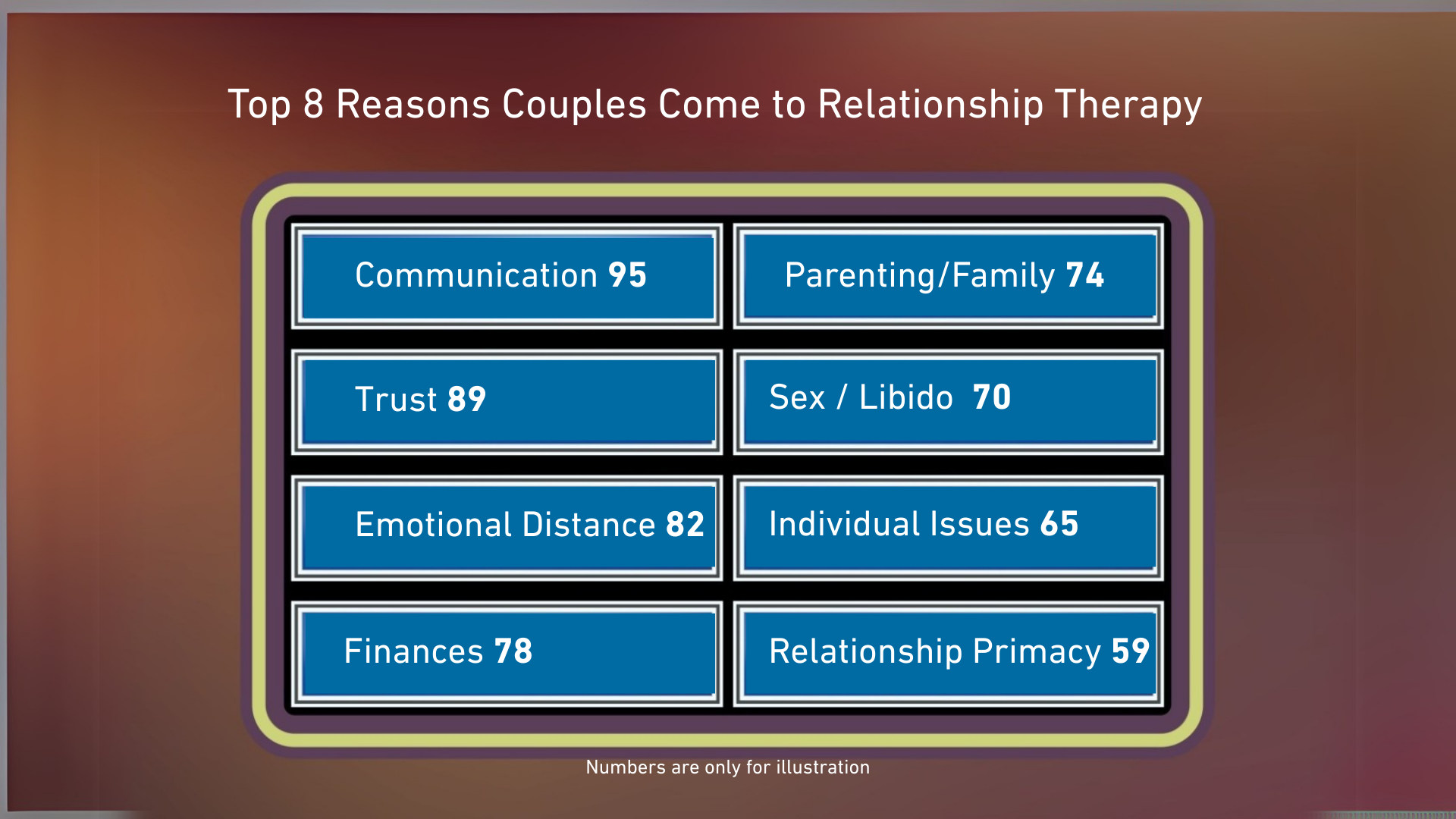Therapeutic approaches are constantly evolving, and nowhere is this more evident than in the growing emphasis on the neuroscience behind relationships. Research in the fields of neurobiology, attachment theory, and even the impact of electrical frequency in the brain has paved the way for more dynamic and effective therapeutic interventions. One such integrative framework, Presence Oriented Relationship Therapy (PORT), incorporates both evidence-based couples therapy methods and a practical, neuroscience-informed lens known as the Relational Brain Model.
In this post, we’ll explore what the Relational Brain Model is, how it draws on groundbreaking research from figures like John Bowlby, Dan Siegel, Stephen Porges, and Stan Tatkin, and why understanding the neurological underpinnings of relationship behavior can be a game-changer for therapists. We’ll also highlight how integrating these concepts can help you choose better, more precise interventions—moment to moment—in a therapy session.
The Evolving Role of Neuroscience in Couples Therapy
In the early days of psychotherapy, the focus was often on cognitions, behaviors, or unconscious processes. While these areas are still essential, mounting evidence suggests that an understanding of the brain’s developmental progression, electrical activity, and attachment wiring can significantly improve therapeutic outcomes. This is especially true in couples therapy, where issues often have deep emotional and physiological roots.
Why Neuroscience Can Be Confusing
One of the main challenges with applying neuroscience to therapy is how complex and detailed the research can be. Brain scans, neural pathways, and frequency bands might not feel instantly applicable in the therapy room, particularly when couples come in feeling overwhelmed by conflict or disconnected from one another.
Moreover, some neuroscientific principles—like the details of polyvagal theory (developed by Stephen Porges) or the intricacies of interpersonal neurobiology (championed by Dan Siegel)—can be difficult to translate into simple, everyday language that clients immediately grasp. As a result, therapists often learn these concepts in abstract form but may struggle to integrate them seamlessly into their sessions.
Why It Matters
Despite these hurdles, neuroscience offers invaluable insights into attachment, emotional regulation, empathy, and self-awareness. By learning to interpret a client’s physiological and neurological cues, a therapist can respond with interventions that better match the client’s emotional and cognitive state. This precision can be the difference between a transformative therapeutic moment and one that leaves clients feeling misunderstood.
Introducing the Relational Brain Model
In Presence Oriented Relationship Therapy (PORT), the Relational Brain Model was created to address precisely this challenge: how do we take complex neuroscience and make it easily understandable and actionable for both therapists and clients?
A Personal Fascination Turned Framework
Steven—a key contributor to PORT—spent about a decade studying and practicing neurofeedback, a technique that measures and trains brain waves to help improve mental well-being. During this time, he observed how the brain communicates using different electrical frequencies in different regions, almost like distinct radio frequency bands. Each frequency is linked to a certain state of consciousness, from deep relaxation (theta waves) to alert thinking (beta waves).
As a person ages, their peak frequency often gets higher, which significantly impacts their experience of time and how they process information. For instance, a child’s brain tends to operate on slower frequencies, leading them to experience time differently than an adult. This revelation became a cornerstone of the Relational Brain Model, offering real-time insight into a client’s functional “age” and how best to approach them during therapy.
Functional “Ages” of the Brain: Child, Baby, Adult, and Observer: Neurochronology
A key feature of the Relational Brain Model is the concept of identifying four functional “ages” of the brain:
- Child Brain – This state mirrors the developmental stage of a child. When clients are functioning from this mindset, they may rely on simpler forms of logic, experience emotions more intensely, and require a sense of security and validation.
- Baby Brain – This is an even more regressed state, akin to an infant’s needs. Clients may appear overwhelmed, seeking comfort and reassurance. Emotional regulation can feel almost impossible without immediate external support.
- Adult Brain – Here, the client is in a more mature, rational, and self-regulated mindset. They can process complex information and see multiple perspectives, engaging more logically and empathetically with their partner.
- Observer Brain – This is a higher-level viewpoint, allowing individuals to step back from their immediate experiences and emotions. They can observe their thoughts and feelings—or their partner’s—with more objectivity. This state often aligns with the mindful detachment described in many therapeutic and spiritual practices.
Each of these “ages” shifts how a client processes time, information, and emotional input. By recognizing these states, therapists can tailor their interventions accordingly. For instance, when a client regresses to Child Brain, interventions might need to focus on creating safety and connection before diving into more complex problem-solving.
Integrating the Relational Brain Model with Existing Therapies
While the Relational Brain Model provides a simple but powerful lens, it also aligns neatly with other major therapeutic approaches:
- John Bowlby’s Attachment Theory: Bowlby emphasized that early attachment shapes a person’s relationship patterns. Understanding whether a client is operating from a Child or Baby Brain state can help identify insecure attachment styles and tailor interventions that build security and trust.
- Dan Siegel’s Interpersonal Neurobiology: Siegel’s work often underscores the idea that relationships literally shape the brain. The Relational Brain Model complements this by offering a clear, moment-to-moment reading of a client’s neurological state.
- Stephen Porges’ Polyvagal Theory: Porges explains how the vagus nerve mediates social engagement and threat responses. Mapping out how a couple shifts between Child Brain or Observer Brain can illuminate whether they’re in “fight or flight” (sympathetic activation) or “rest and digest” (parasympathetic state), guiding interventions that foster safety.
- Stan Tatkin’s Psychobiological Approach to Couple Therapy (PACT): Tatkin integrates neuroscience, attachment theory, and arousal regulation. The Relational Brain Model fits well here because it offers a simplified, immediate snapshot of a partner’s state, which is central to regulating arousal and promoting secure functioning.
- EFT, IMAGO, and Gottman Method: All these approaches, in their own ways, seek to increase emotional safety, improve communication, and foster secure attachment. Mapping a client’s functional brain “age” helps a therapist know when to employ EFT’s emotion-focused strategies versus IMAGO’s structured dialogue, or how to incorporate Gottman’s skill-building techniques most effectively.
By weaving the Relational Brain Model into these existing frameworks, therapists can speak a common language that resonates with clients. It reduces complexities into clear, understandable concepts without sacrificing the depth that neuroscience adds to therapy.
Practical Application in the Therapy Room
Real-Time Assessment
The beauty of the Relational Brain Model is its adaptability in live sessions. A therapist can assess whether a client is in Child, Baby, Adult, or Observer Brain mode based on cues like body language, tone of voice, emotional intensity, and the content of their speech. For example, an adult in a Child Brain state might exhibit a more simplistic worldview, using absolutes like “always” or “never,” and display heightened emotional reactivity.
Tailoring the Intervention
Once the therapist recognizes the client’s brain state, they can immediately choose an intervention tailored to that state. With a “Child Brain” client, the focus might shift to providing more validation and empathy to help them feel secure. With someone in “Observer Brain,” you might encourage analytical processing or reflection on patterns. This immediacy not only makes therapy more effective but also helps the client feel seen and understood.
Educating Clients
Because the model uses easy-to-grasp terminology—Child, Baby, Adult, Observer—it’s simpler for clients to recognize and discuss their own shifts in state. They can start to see their partner’s behavior in a new light too, reducing blame or frustration. Statements like, “I think I went into my Child Brain just then” can become a shared language that boosts collaboration in therapy and at home.
The Role of Presence
Even though the Relational Brain Model offers a structural way to view neurological states, it’s still housed within PORT’s central focus on presence. Being fully present allows therapists to track subtle changes in clients’ affect and body language, identify their functional brain age, and intervene skillfully. This presence-centered approach aligns closely with mindfulness techniques, which help couples notice and shift dysfunctional patterns as they arise.
Why Presence Matters
- Fosters Emotional Safety: When clients feel that the therapist is fully attuned to their experience, they are more likely to open up and explore vulnerable emotions.
- Enhances Adaptability: Presence supports the therapist in making quick decisions about interventions, crucial when a client moves from an Adult to a Child Brain state in a matter of seconds.
- Facilitates Connection: The ultimate goal of couples therapy is to restore or strengthen the bond between partners. Presence ensures the therapist is always checking in with how the couple is relating moment to moment.
Simplifying the Science
One of PORT’s biggest strengths is how it simplifies complex theoretical constructs. Instead of overwhelming clients with dense neuroscience terminology, the Relational Brain Model uses language that is both intuitive and practically relevant. This demystification is crucial because many couples walk into therapy feeling intimidated or confused by scientific jargon. By presenting the material in an accessible way, therapists can empower clients to take charge of their emotional and relational well-being.
A Shift for Therapists and Couples
The Relational Brain Model represents a shift in how we understand and conduct couples therapy. By identifying the brain’s functional “ages” and recognizing the pivotal role of presence, therapists can better meet clients where they are—literally, in terms of neural state—at any given moment. This approach not only improves the quality and speed of interventions but also fosters deeper empathy and collaboration between partners.
By integrating insights from attachment theory, interpersonal neurobiology, polyvagal theory, and PACT—through an easy-to-use framework—therapists can bring a new level of clarity and effectiveness to their sessions. And for couples seeking help, this model offers a tangible way to make sense of each other’s behaviors, process emotions more safely, and build a stronger, more connected relationship.
Interested in Learning More?
If you’re intrigued by the Relational Brain Model and want a more in-depth explanation, we encourage you to explore the Intro to PORT course. There, you’ll find detailed videos and resources that break down the model step by step, making it even easier to integrate into your practice.
Ultimately, understanding and harnessing the power of the brain’s developmental states, combined with a steadfast focus on presence, can open the door to transformative change—for both therapists and the couples they serve.




